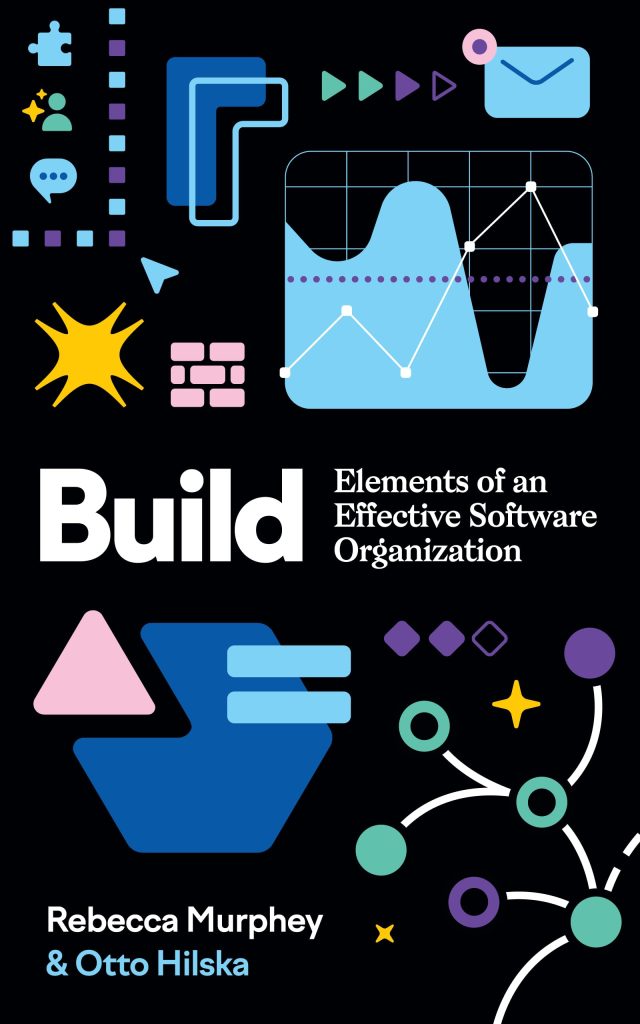
Introducing Connectivity
Connectivity is a new feature in the Stack Overflow for Teams Enterprise Dashboard that gives our customers visibility into how cross-functional collaboration is happening within their organizations. By looking at each user’s department and job title, we can measure whether the organization is successfully breaking down knowledge silos.
Connectivity provides both data visualization through an interactive chord diagram and reporting through table and CSV download options to let customers view their connection data in the way they need it.
“Organizations can use this data to inform their knowledge-sharing strategy and see gains in productivity,” Colby Smythe, a product manager here at Stack Overflow, explains. “Getting insights into who has expertise in a certain domain or which teams have a lot of experience in a certain area because of a recent project surfaces subject matter experts who may not otherwise be recognized. Additionally, connection metrics help us identify areas where we can improve or point us to engage less active departments and job titles.”
As senior leaders look for more ways to understand how their teams are working together and identify the points of friction in the process, the data in Connectivity is a qualitative measure of the flow of knowledge to help them tell that story and improve their productivity across their organizations.
A conversation with a Stack Overflow product manager
I recently sat down with Colby Smythe on our product team for Stack Overflow for Teams, to discuss Connectivity. When it comes to building features for the Teams product, Colby and his team of software engineers and product designers have a primary objective: community growth. They focus on initiatives that help customers activate, adopt, expand, and manage their communities.
“We are focused on empowering individuals and communities to achieve their full potential in Teams. At a macro level, it’s about helping communities monitor their health and engagement, while at the micro level, we are focused on the journey of the individual users, from new users to subject matter experts,” Colby says of his team’s purpose and objectives.
Watch the full conversation and see Connectivity in action in the video.
A big challenge Colby and his team aim to solve for customers is breaking down knowledge silos and identifying how Stack Overflow for Teams can be leveraged to create a more resilient and connected community for our customers.
“We know that’s top of mind for leaders we talk with at enterprise organizations. When organizations face friction from knowledge silos their resiliency suffers, velocity decreases, and often times we only have anecdotal evidence of the what and why behind the problem,” says Colby.
Our customers recognize Stack Overflow for Teams is the place where knowledge sharing and collaboration happens and, as Eleanor “El” Wieschaus, Head of Product Development Experience at Bloomberg says, “those kind of connections ultimately lead to real productivity gains.” So Colby and his team began to ask some important questions:
- How might we measure and track these cross-organization interactions?
- How might we make a connection a primary KPI that should move up and to the right over time?
- What are the specific ingredients and behaviors we see in highly connected and resilient communities?
By making these connections visible with data, customers could verify how cross-functional collaboration was happening within the platform and use that data to continuously improve productivity across their organizations.
And that’s where Connectivity comes in. Connectivity gives you visibility into how cross-functional collaboration is happening in your organization and the metrics to measure and grow that collaboration over time.
Watch the video to learn about the new Connectivity feature, why we built it, and how customers can use connection metrics to help break down knowledge silos and grow collaboration.
Learn more at stackoverflow.co.
Tags: knowledge sharing, silos, stack overflow for teams
Source: https://stackoverflow.blog/2023/08/10/visualize-knowledge-flows-with-connectivity/




